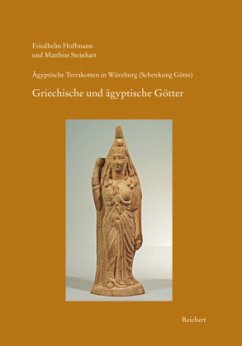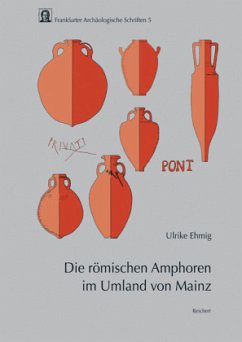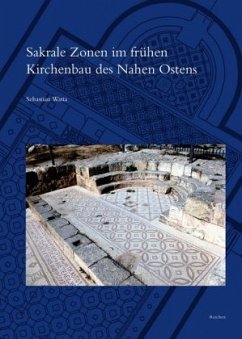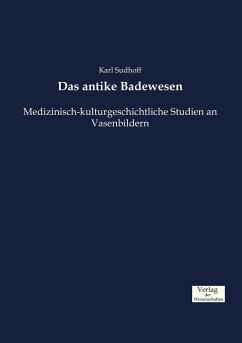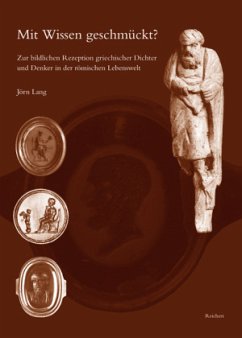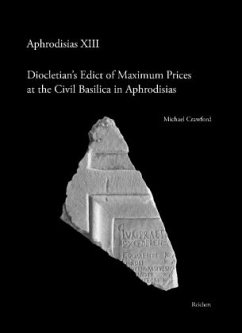
Treasures of the Ferrell Collection
Versandkostenfrei!
Versandfertig in 2-4 Wochen
106,99 €
inkl. MwSt.

PAYBACK Punkte
53 °P sammeln!
This volume publishes over 200 works of art belonging to the American collector, James Ferrell. The focus of the collection is on jewelry, engraved gems and cameos, medallions, and silver plates primarily of the late Roman and early Byzantine periods (3rd-7th centuries AD). Much of the material derives from imperial workshops and served as official gifts.The catalogue opens with a small selection of Hellenistic jewelry, including a group composed of a necklace, earrings, and rings probably of Ptolemaic origin. The second chapter is composed primarily of late Roman jewelry, gems and cameos, and...
This volume publishes over 200 works of art belonging to the American collector, James Ferrell. The focus of the collection is on jewelry, engraved gems and cameos, medallions, and silver plates primarily of the late Roman and early Byzantine periods (3rd-7th centuries AD). Much of the material derives from imperial workshops and served as official gifts.
The catalogue opens with a small selection of Hellenistic jewelry, including a group composed of a necklace, earrings, and rings probably of Ptolemaic origin. The second chapter is composed primarily of late Roman jewelry, gems and cameos, and other objects in precious metal, including necklaces, bracelets, rings, fibulae, and belts, most of which date between the third and fifth centuries AD. The third and fourth chapters are devoted to the jewelry and other objects found in Gothic tombs of the fifth and sixth centuries AD. Chapter Five presents an outstanding selection of Byzantine jewelry of the sixth and seventh century, including pendants, crosses, bracelets, earrings, and rings, many set with precious gems and pearls. The final chapter is devoted to Byzantine ecclesiastical silver of the sixth century AD.
The publication will be of considerable interest to a variety of scholars, museums, and collectors. Historians of late antiquity will find many objects with important imperial associations. The rich selection of Byzantine jewelry and silver, including many pieces decorated with unusual iconography, will be of importance to Byzantinists. The Gothic objects include many pieces of particularly high quality. Jewelry historians and collectors will be delighted with the superb color photography.
The catalogue opens with a small selection of Hellenistic jewelry, including a group composed of a necklace, earrings, and rings probably of Ptolemaic origin. The second chapter is composed primarily of late Roman jewelry, gems and cameos, and other objects in precious metal, including necklaces, bracelets, rings, fibulae, and belts, most of which date between the third and fifth centuries AD. The third and fourth chapters are devoted to the jewelry and other objects found in Gothic tombs of the fifth and sixth centuries AD. Chapter Five presents an outstanding selection of Byzantine jewelry of the sixth and seventh century, including pendants, crosses, bracelets, earrings, and rings, many set with precious gems and pearls. The final chapter is devoted to Byzantine ecclesiastical silver of the sixth century AD.
The publication will be of considerable interest to a variety of scholars, museums, and collectors. Historians of late antiquity will find many objects with important imperial associations. The rich selection of Byzantine jewelry and silver, including many pieces decorated with unusual iconography, will be of importance to Byzantinists. The Gothic objects include many pieces of particularly high quality. Jewelry historians and collectors will be delighted with the superb color photography.
Dieser Artikel kann nur an eine deutsche Lieferadresse ausgeliefert werden.



